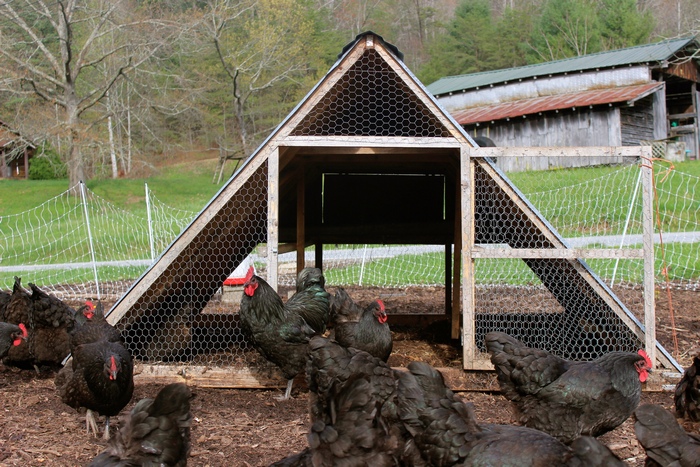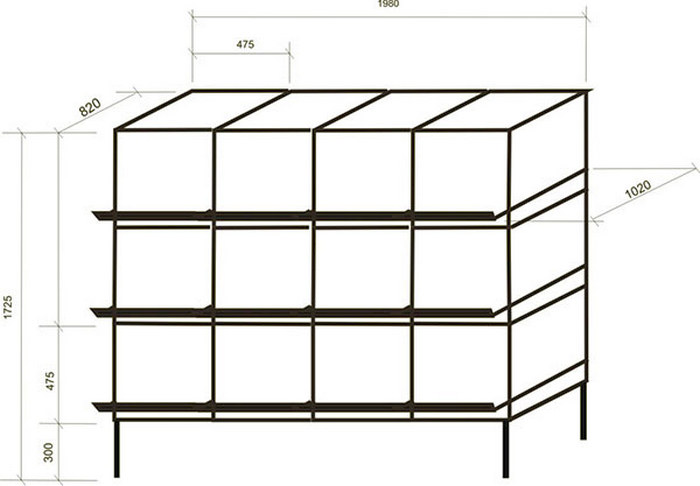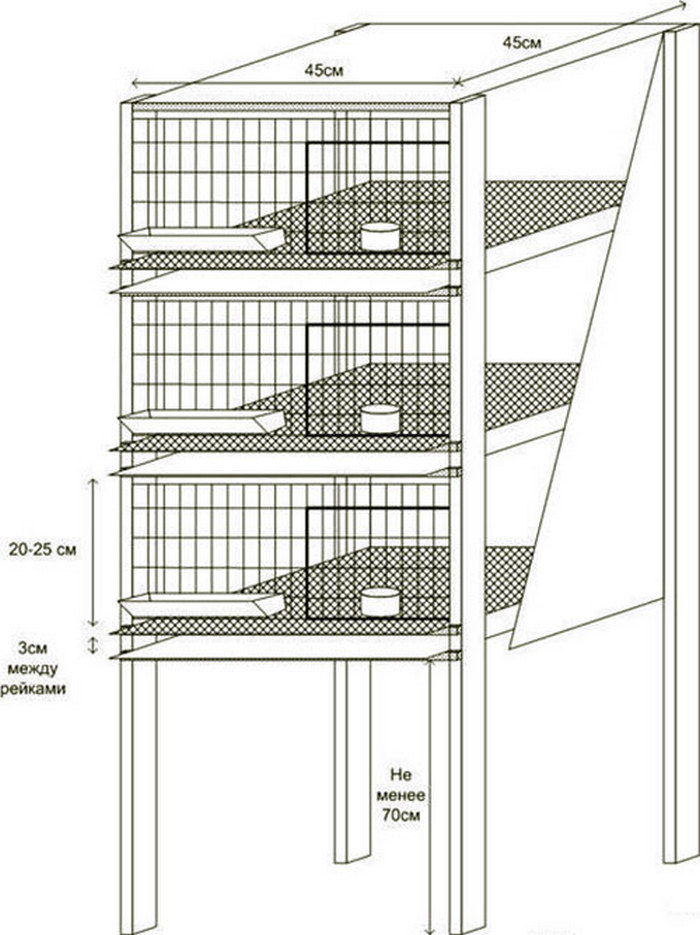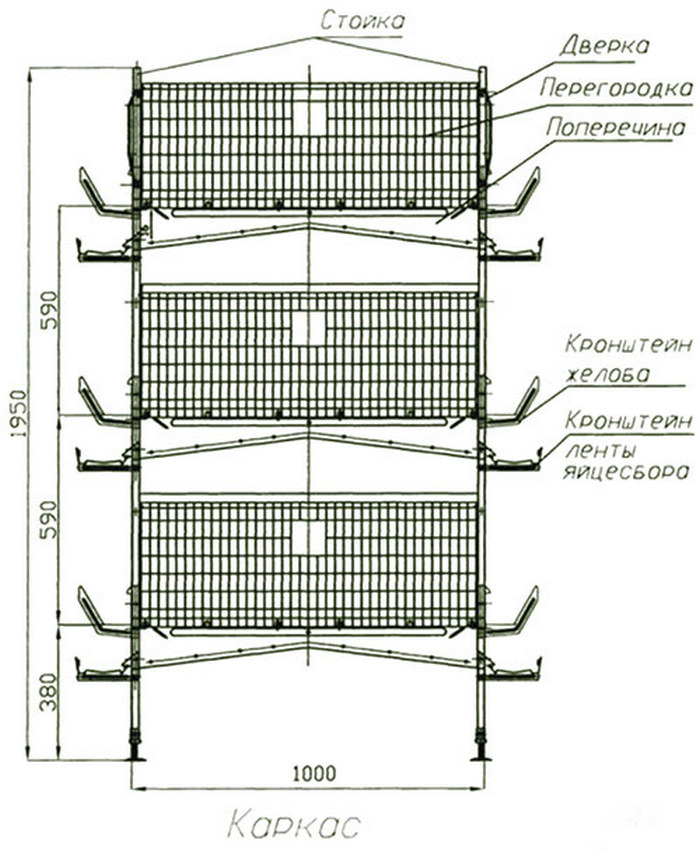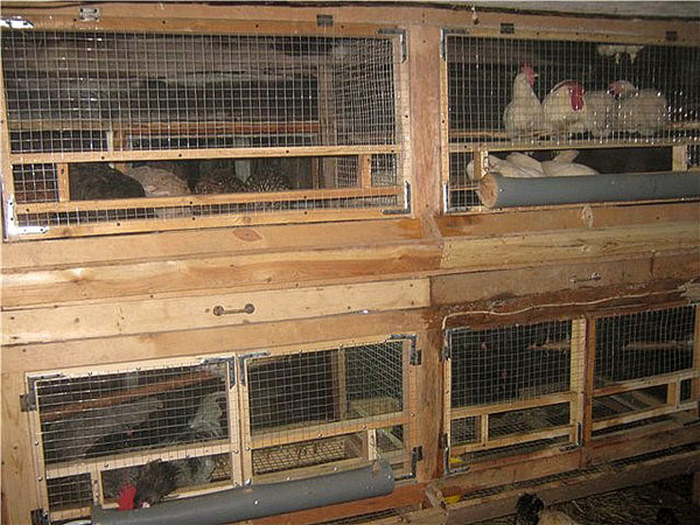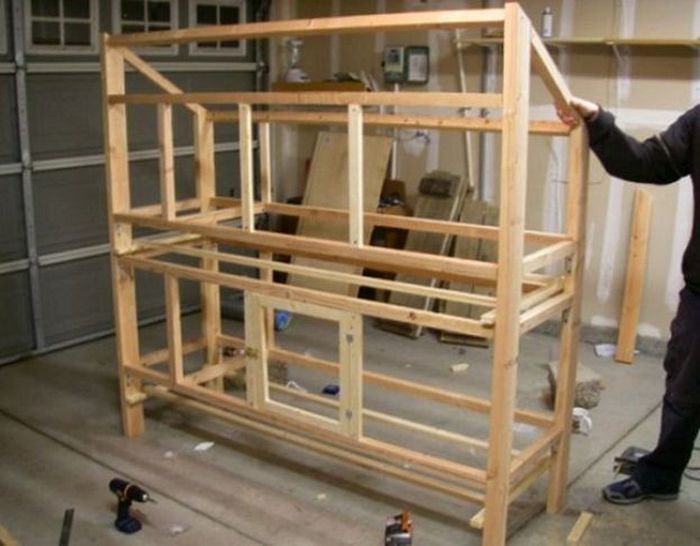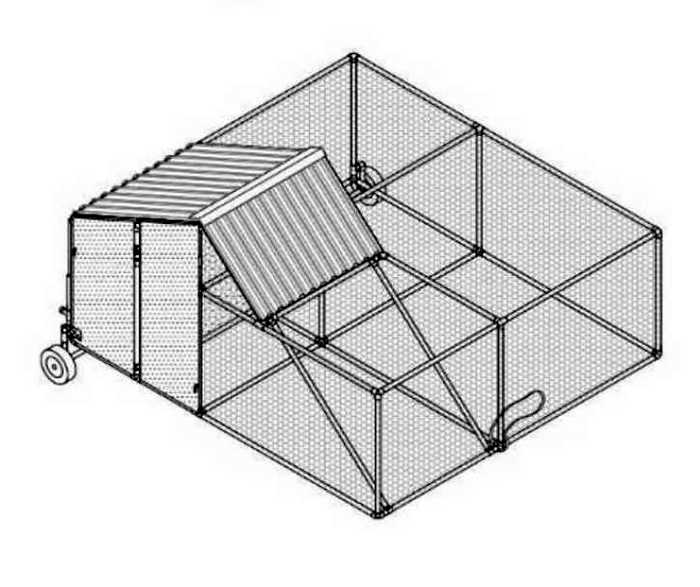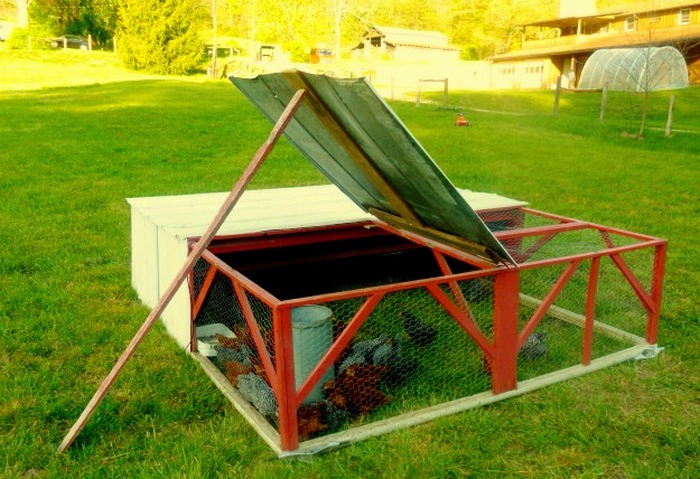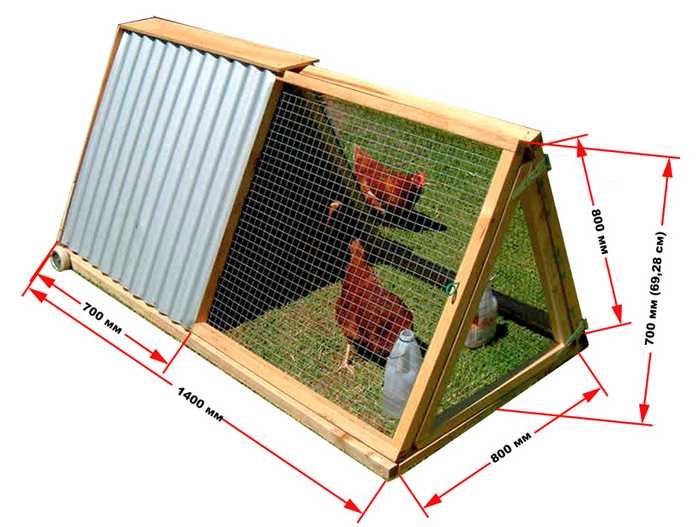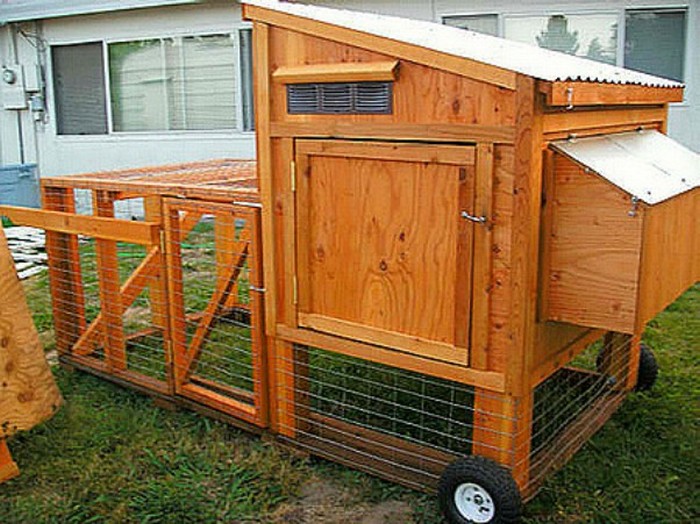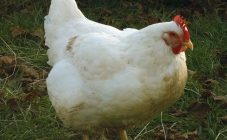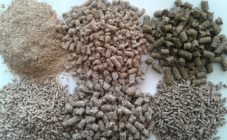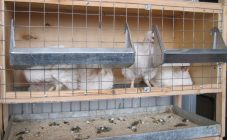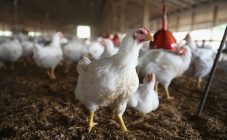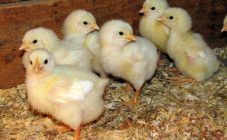Content:
Breeding broilers obliges you to create special conditions for them.
The essence of the fast growing method is to reduce the movement of chicks and a special diet for them. Even a dacha with a small plot is suitable for this. Chicks should eat food around the clock.
Premises intended for broiler chicks are equipped with:
- Fluorescent lamps to be switched on every night.
- Ventilation. It removes excess moisture from the room, which is detrimental to chicks with limited movement, and provides fresh air.
It is necessary to maintain in the broiler house:
- Heat. Until they reach two weeks of age, the chicks are kept in a room with a temperature not lower than + 30 ° C. Then it can be reduced by 10 ° C. Heaters are used to maintain the desired temperature.
- Cleanliness. This will protect the chickens from infectious diseases and death.
Can small broiler chickens be kept outside? It is advisable to release chicks into fresh air when they reach one month of age. Until then, they are kept in a warm and ventilated room. In winter, it is generally not recommended to let the young out into the street. At air temperatures below 15 ° C, broiler chicks grow slowly and lose weight.
It is necessary to let broilers go for a walk in a small aviary for several hours in warm sunny weather. In the summer, a small house for broilers can be made in the aviary; it is perfect for temporary keeping in the air.
How to make broiler rooms
Summer chicken coop
A broiler coop must meet the following requirements:
- no nesting sites needed;
- the smallest space requests;
- ventilation of the room in the absence of drafts;
- natural and artificial lighting.
When choosing a place to build, you need to consider the following points:
- The chicken coop should be located away from noise (track, sawmill, circular).
- The building would not be superfluous to build on a dry and raised place.
- The southern part of the coop and the window should not be in the shade.
- It is desirable to tilt the structure slightly to the southeast.
Materials:
- cement;
- sand;
- reinforcement for the foundation;
- boards;
- metal, rubber sheet or a piece of linoleum;
- nails;
- roofing material.
Do-it-yourself construction of a chicken coop for broilers begins with a foundation. The size is calculated taking into account the number of chickens. For 50 floor broilers, an area of 2 x 3 m is sufficient.
- A ditch is dug under the foundation along the perimeter, with an approximate depth and width of 40 cm. It is advisable to pour broken glass (from rodents) along the bottom of the ditch.
- The foundation should rise 30-40 cm above ground level so that predators and rodents cannot get into the chicken coop.
- The floor is filled with cement mortar or laid out of bricks, followed by a cement screed.
- The walls are built of bricks. The height of the walls must correspond to human growth. When forcing walls, it is necessary to leave space for windows, doors, logs and ventilation.
- The roof can be built with a pitched roof. Logs or beams (impregnated with a special solution against fire, rot and insects) are laid on the walls. Roof decking can be made from slate, sheet metal, or some other material.
- Then a blind area is made around the perimeter of the structure, 30-40 cm wide, with a 10 cm depression.
- Doors and windows in the summer coop can be left open (for ventilation). But they need to be equipped with frames made of a mesh netting with a small mesh or a mosquito net.
- The floor is covered with linoleum, rubber or metal. This floor is easier to clean and does not absorb chicken droppings.
Broilers usually sit on the floor and do not like to climb upstairs. Therefore, the perches for broilers are placed near the walls (for ease of cleaning), at a height of 40-60 cm. Then the floors are sprinkled with shavings, sawdust, straw or hay.
For disinfection, the walls are whitewashed with lime. Feeders and drinkers are being installed. Broilers do not need perches and nests. The winter chicken coop should be well insulated.
Broiler pen
Chicks will happily spend most of their time outdoors during warm periods. Therefore, a small open pen is attached to the chicken coop.
Equipping the poultry house with a mesh enclosure, do not forget about the love of chickens for digging. To prevent the chicks from escaping while walking, the mesh is buried 20-30 cm into the ground when assembling the pen.
The pen for broiler chickens against birds and the ubiquitous ground predators can also be covered with a netting from above (for example, you can use an old fishing net).
How to build a chicken house for broilers
You can feed chicks in two ways of keeping: floor and cage.
For floor maintenance, specially equipped ones are suitable:
- small chicken coop;
- shed;
- summer house with an aviary;
- aviary with shelter.
But caring for chicks is much easier if they are in cages. A key advantage of cages is space saving, as cages can be stacked in multiple tiers.
The cages can be bought or made by yourself. There is no need to make different cages for birds of different ages, just the number of individuals in them will be different.
Making cells
Blueprints are needed to construct the cells. The images below show drawings of several simple cell options.
The three-tiered structure combines several cells.
This cage is made of timber, metal mesh and fine mesh.
The drawings show the length, width, height of the cage and the distance between the partitions. When performing work on these schemes, a similar model of the cell should come out.
First, the frame is made. It is made from a bar or a metal profile.
Then a grating for the walls and floor is attached to the frame. The walls can be made from plywood, but such a cage is less ventilated. For the floor, the best option is a fine mesh grating. This will help prevent injury to the chicks. Installing pallets or galvanized sheets between the cages will greatly facilitate the removal of droppings.
Summer house with aviary
Keeping broilers outdoors is acceptable when it is summer outside. For fast-feeding chickens, it is enough to build a small house with an enclosure attached to it for walking.
Or make an aviary with a shelter. The broiler enclosure can be mobile (due to the lightness of the structure or, thanks to the wheels adapted to the enclosure). Several options for such a solution can be seen in the photographs.
The easiest way to keep broilers is on the street in a small aviary.
Do not place poultry houses in places where people often pass (along the fence, country paths, etc.). The stress experienced by the chicks will definitely affect their growth.Therefore, an ideal place for an aviary is a quiet and secluded area.
For the manufacture of a mini-chicken coop there is no need for large expenses, it can be easily built from scrap materials, in just a few hours.
House ventilation
Without access to clean air in the small space of the chicken coop, the health of the livestock is at risk. For poultry houses, 3 ventilation methods are used:
- natural;
- supply and exhaust;
- mechanical.
The first is the most budgetary, suitable for keeping a small number of chickens.
It is based on conventional ventilation. The second method is much more effective and easy to execute. In large farms (more than 100 chickens), ventilation of the third type is equipped.
Tips from experienced poultry farmers
- It is better to buy chickens from poultry houses or from a seller's home. This will help to avoid injury and hypothermia during transportation and sale of goods in the markets. An insulated box is used for transportation;
- Determine when the broiler is fed and ready for slaughter, possibly by probing fat deposits in the breastbone or by visual inspection. In the bird that has reached the slaughter weight, when the feathers are inflated on the chest, a yellowish fat layer is visible.
If you provide proper care for broilers, then even in a small area, poultry with good meat performance can be grown.
